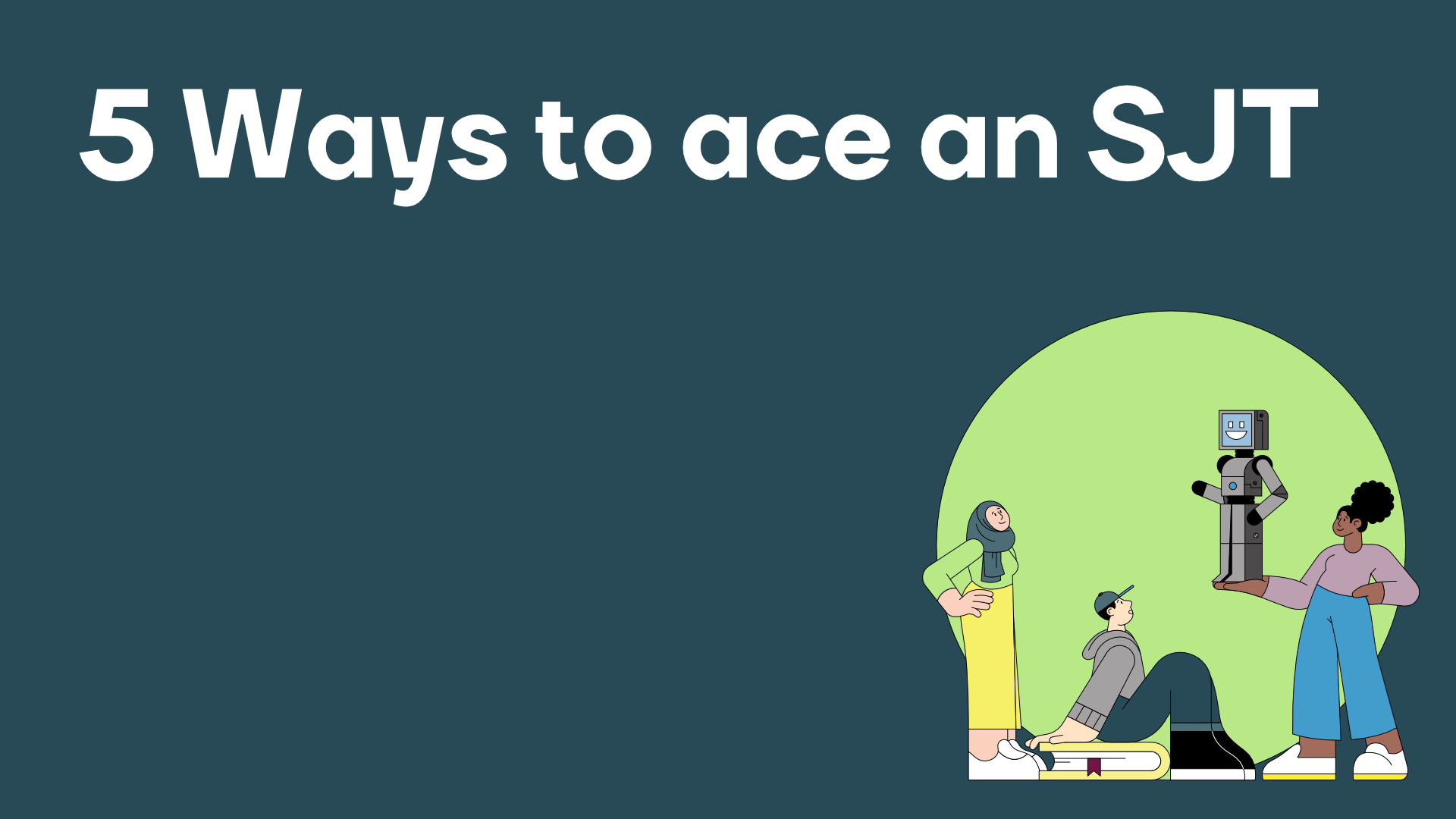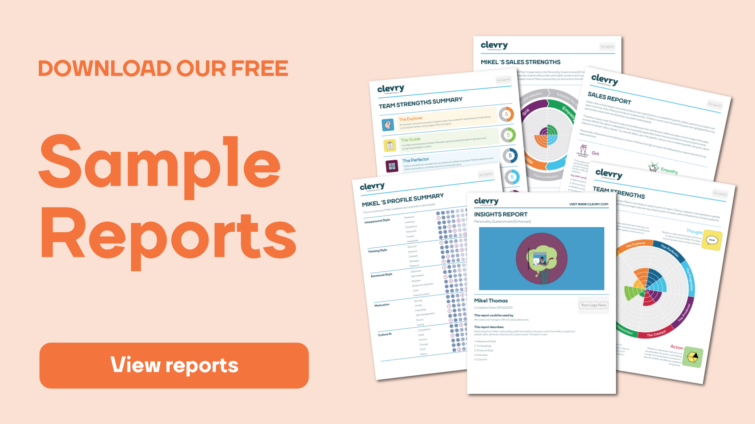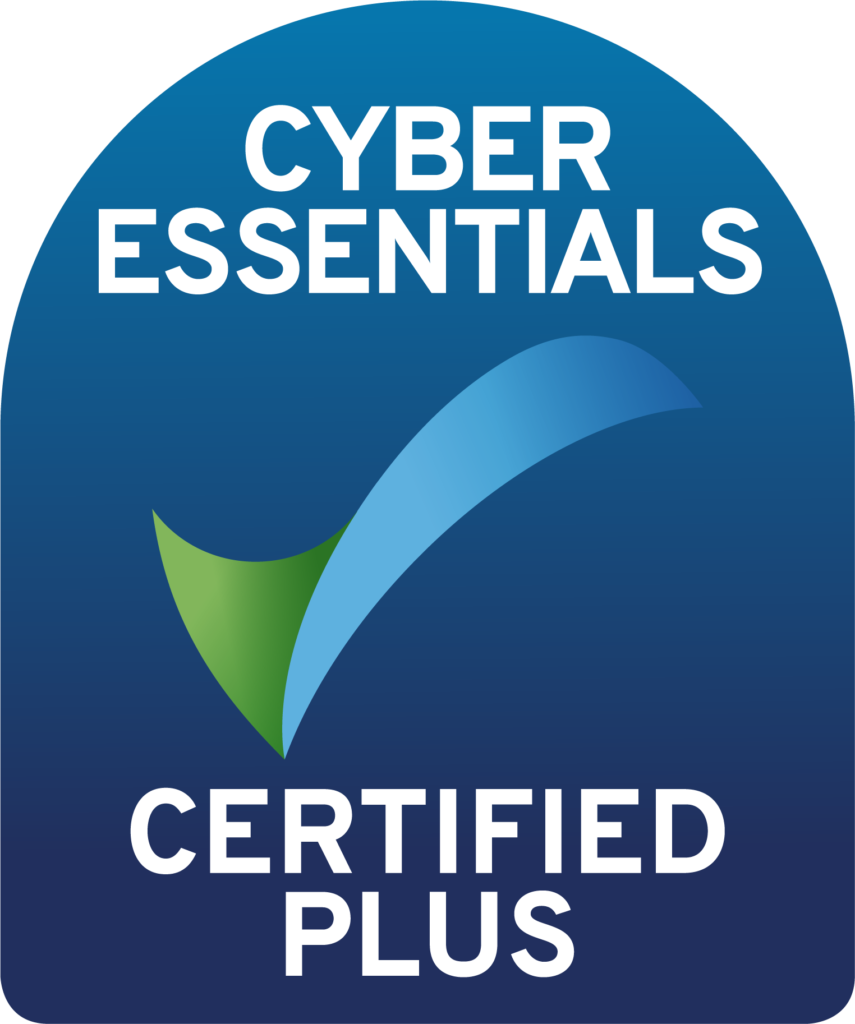Have you been asked to complete a situational judgement test (SJT), but arent too sure what to expect? Continue reading to see how you can best prepare for the test.

SJTs (situational judgement test) are often used during recruitment to understand how a candidate might behave and perform in their role. Youll be presented with a series of hypothetical work scenarios and should decide which response is most appropriate, often rating the option that is most effective and least effective’.
If you’ve never taken a SJT before, it may seem a bit daunting, but there’s no need to fret as there are several tips you can follow to help you prepare.
How can I do well in a Situational Judgement Test?
There is no secret to performing well on these tests and often no particular knowledge is required. However, there are some steps you can take which will increase your confidence and familiarise yourself with the scenarios.
Take a look at our infographic below for 5 top tips to help you succeed on a situational judgement test.
1) Practice tests
Take some time beforehand to familiarise yourself with the kinds of questions typical to a situational judgement test. Practising as many questions as possible before will help you prepare for similar scenarios. Try some practice SJT questions here.
2) Read scenarios thoroughly
Use all of the information provided and make sure you fully understand the scenario. Diagnose a problem and consider each response before making your decision.
3) Try not to over-think your answers
Often your initial decision will more accurately represent your honest response to the situation. Reflect on how you would respond to the scenario rather than the solution you think the employer is looking for.
4) Research the job role
When completing a situational judgement test, try to keep the organisations competencies and values in mind as your answering the questions. Researching the role and top epos candidate the company is looking for beforehand will help guide your perspective when responding to scenarios.
5) Choose a suitable setting
Make sure you choose a quiet, convenient time and location to complete your test to help minimise stress an d distractions. Your chosen setting should be free of distractions so you can fully concentrate and have a reliable internet connection.
Are you taking an SJT? Visit our SJT advice page for more tips and tricks





